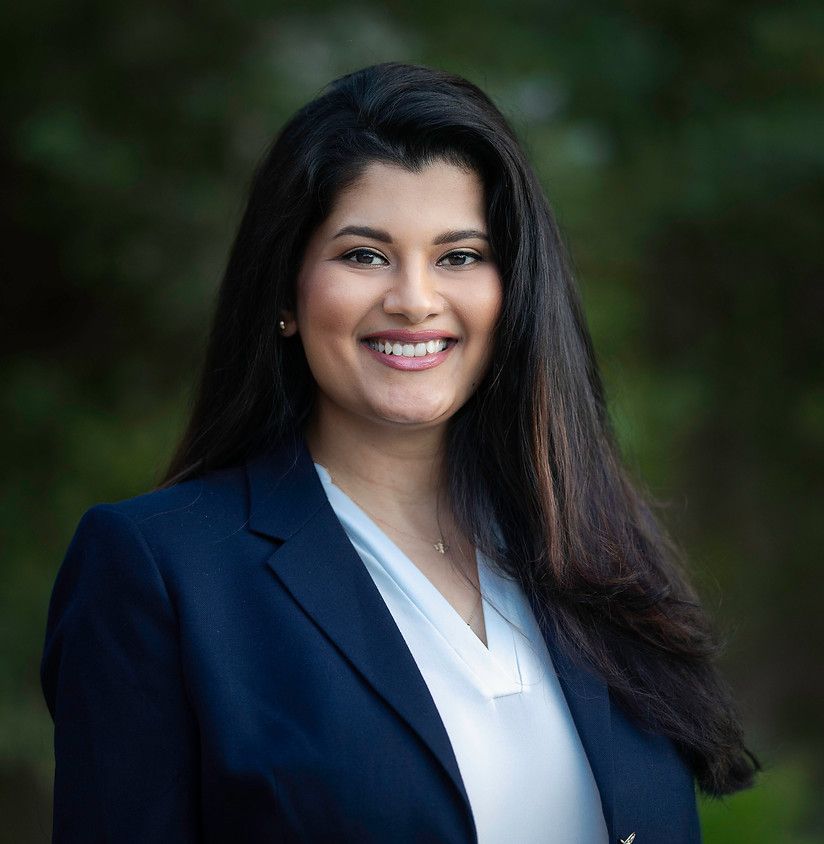News
Article
Increased Reimbursement Could Improve HPV Vaccination Rates, Study Finds
Author(s):
An analysis of a nationwide sample of more than 30,000 clinicians provides insight into rates of HPV vaccination among US adolescents and how changes in reimbursement rate might encourage increased vaccination rates.
Kalyani Sonawane, PhD
Credit: Medical University of South Carolina

An analysis of vaccination reimbursement trends suggests improved reimbursement could have a substantial impact on the rate ofhuman papillomavirus (HPV) vaccine in US adolescents.
Results of the study, which included data from more than 30,000 clinicians, indicate reimbursement rates were lowest for family physicians and highest for pediatricians, withfurther analysis suggesting each $1 increase in reimbursement rate associated with an increase in vaccination rate of 0.08% per dollar increase.1
“Family physicians – who are so critical and important, especially in rural areas where not all patients have access to pediatricians – are not receiving adequate reimbursement for the HPV vaccine, which is sort of a disincentive for them to offer this critical cancer-preventive vaccine,” said lead investigator Kalyani Sonawane, PhD, associate professor in the Department of Public Health Sciences of the Hollings Cancer Center at the Medical university of South Carolina.1
HPV represents a perplexing challenge for public health in the US and abroad. According to the US Centers for Disease Control and Prevention (CDC), HPV is the most commonly sexually transmitted infection in the US, with a prevalence of 45.2% of men and 39.9% of women aged 18-59 in 2013-2014. This level of prevalence is despite availability of the HPV vaccine.2
With cost an inherent barrier to uptake of all medications, and the HPV vaccination the most expensive among routinely recommended pediatric vaccines, Sonawane and a team of investigators launched the current study with the intent of comparing HPV vaccine cost reimbursement by the private sector and whether return from reimbursement correlates with the number of HPV vaccine doses administered by a clinician. To do so, investigators designed the current research endeavor as an analysis of a nationwide sample of HPV vaccine-eligible adolescents aged 9-14 years enrolled within a large private health insurance plan from 2017-2018.1
For the purpose of analysis, data from states with a universal or universal select vaccine purchase program. States with such programs include Alaska, Hawaii, Idaho, Maine, Massachusetts, South Dakota, New Hampshire, New Mexico, Rhode Island, Vermont, Washington, Wisconsin, and Wyoming. Investigators estimated average reimbursements for HPV vaccine purchase costs for 5 specific areas: pediatrician, family physician, internal medicine specialist, nurse practitioner, and other.1
Multivariable linear regression models were used to estimate the sensitivity of each specialty to administering HPV vaccine doses relative to return from reimbursement. Investigators also noted return margin per dose for each clinician was used as an independent variable and the clinician’s HPV vaccine administration rate was used as a dependent variable.1
Overall, investigators identified 34,247 unique clinicians for inclusion in their analyses. Upon analysis, results suggested HPV vaccine cost reimbursements by private payers was at or above the CDC list price of $210.99, but below the American Academy of Pediatrics’ recommendation of $263.74. When assessing reimbursement by specialty, results indicated pediatricians received higher reimbursement ($216.07) for HPV vaccine cost than family physicians ($211.33; P <.001), internists ($212.97; P <.001), nurse practitioners ($212.91; P <.001), and clinicians classified as other ($213.29; P <.001).1
In analysis of net return from vaccine cost reimbursements, results suggested the lowest reimbursement was observed for family physicians, at $0.34 per HPV vaccine dose administered, and highest for pediatricians ($5.08 per HPV vaccine dose administered). Assessments of the impact of reimbursement rate change revealed each $1 increase in return margin was associated with statistically significant increases in administration rate of 0.08% (95% confidence interval [CI], 0.06-0.09) among family physicians, 0.06% (95% CI, 0.002-0.11) among other specialists, and 0.05% (95% CI, 0.04-0.07) among pediatricians.1
“The key message here is that, yes, we are meeting the minimum threshold that the CDC has put out there, but that may not be enough to sustain vaccination programs, particularly in family medicine clinics,” Sonawane added.1
References:
- Zhu Y, Lin YY, Li R, et al. Reimbursement for HPV Vaccine Cost in the Private Sector: A Comparison Across Specialties. Ann Fam Med. 2023;21(4):344-346. doi:10.1370/afm.2990
- HPV statistics. Centers for Disease Control and Prevention. April 5, 2021. Accessed July 27, 2023. https://www.cdc.gov/std/hpv/stats.htm.





